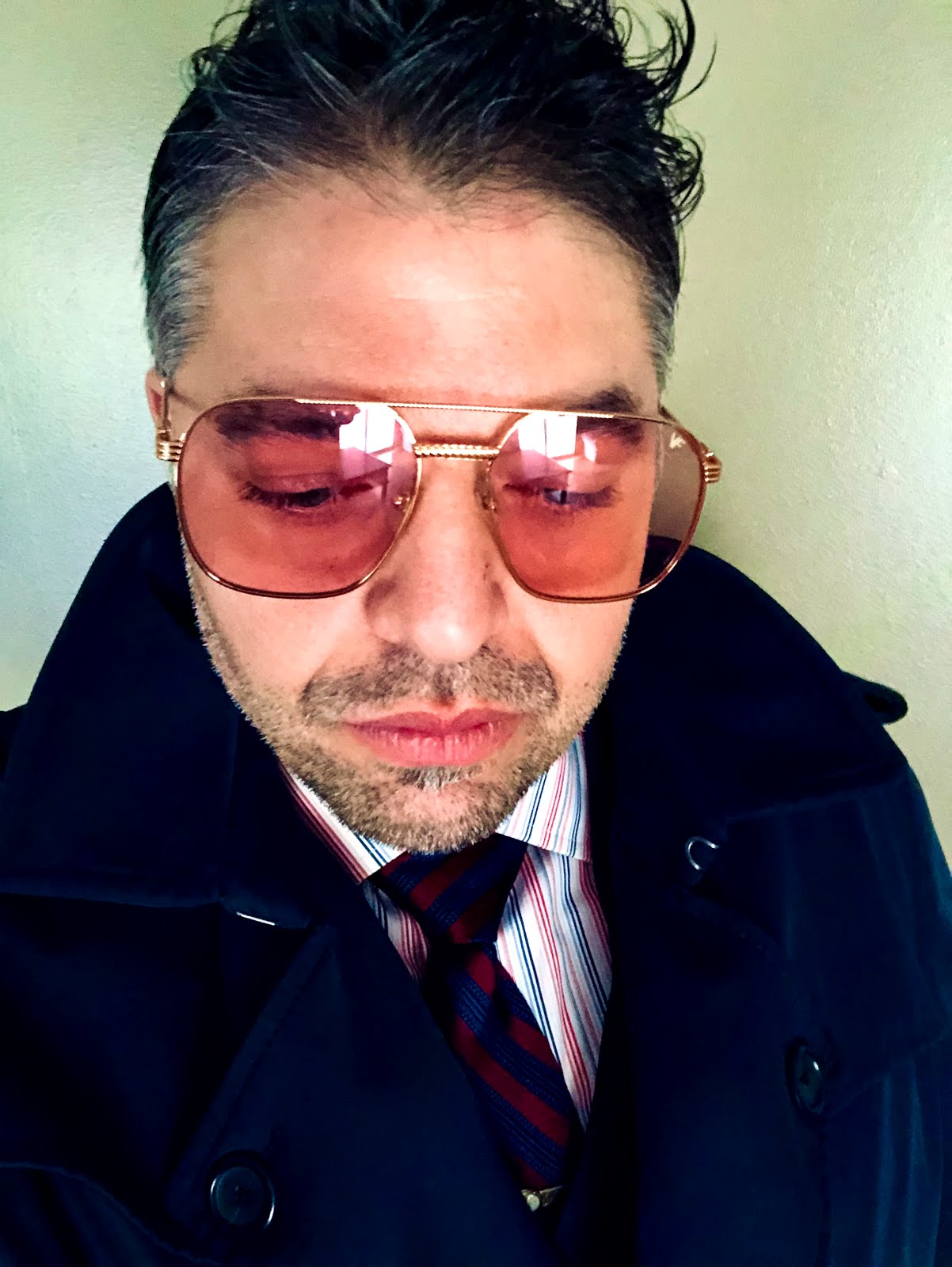
On September 15th, 1860, the great French acrobat Charles Blondin stood on a 3-inch thick tightrope stretched across the massive Niagra Falls gorge. Blondin had recently made history as the first person to cross the falls on a tightrope, and on this day, he inched across again, hovering precariously above the swirling, violent waters below.
As Blondin made his way safely across the gorge, the tense bewilderment of the crowd turned to a deafening roar of cheers. Then, Blondin spoke.
“Do you believe I can cross the falls again?” he asked.
The crowd cheered back, “Yes!”
Blondin responded, “Do you believe I could cross the falls carrying a man on my back?”
The crowd had seen Blondin perform many dangerous tightrope stunts. They knew he could carry a man on his back, and they roared back in reply, “Yes!”
Then Blondin asked, “Who will volunteer?” The crowd was silent.
Blondin pointed to an onlooker nearby and asked, “Will you trust me?”
“Hardly! I can’t risk my life like that!” the man replied.
Then, Blondin turned to his manager, Harry Colcord. “Harry, do you believe I can carry you across?” he asked.
“Yes, Charles, I know you can,” Harry replied.
“Then will you trust me to do it?” Charles asked.
Harry replied, “I will.”
Harry Colcord stepped onto the platform with Blondin and hopped onto his back. Blondin, with his balancing pole in hand, slowly began to carry his friend across the Falls. Though a few of the guy ropes snapped as they crossed, they both made it safely to the other side, and Charles Blondin cemented his place as the greatest tightrope walker in history.
Is Belief Enough?
“For God so loved the world that he gave his one and only Son, that whoever believes in him shall not perish but have eternal life.” -John 3:16
This is Christianity 101–the requirement for eternal life. But in light of the story of Charles Blondin, it begs the question about the meaning of the word “believe.”
The most ardent supporter in the crowd that day likely believed deeply that Blondin could cross Niagra carrying a man. Yet, when Blondin asked for a volunteer, belief was no longer sufficient. For someone to put their life in Blondin’s hands and become one with him on the rope, it required something more than belief.
It required pisteuo.
It Takes Trust
The Greek word for “believe” used in John 3:16 is pisteuo. While “believe” is the best English word we have for pisteuo, in Greek, the word evokes a deeply held form of belief that implies acting on the belief. We might also call it “trust.”
While Harry Colcord believed in Charles Blondin, he took it further. He acted on his belief with trust when he climbed onto Blondin’s back. The entire crowd believed in Blondin, but only Harry trusted in him. Trust was the difference! Trust is belief set in motion by faith.
So What About You?
God doesn’t call us to just believe from the sidelines. He requires that we step out in faith from the crowd. He’s asking, “Will you trust me?”
So what does trust look like for you? Are you unsure if you are a Christian? Maybe you are like many in the crowd that day: you believe in Jesus with your mind, but you know that if He pointed at you to ask if you’d trust him to carry you, you’d recoil and say “Hardly! I can’t risk my life like that!” Maybe it’s time for you to trust Him and climb on.
Maybe you are a Christian who knows God’s promises, but He’s asking you to do something crazy: to leave your good-paying corporate job to be a stay at home mom, to sell your house and move your family to the mission field, or to trust Him by tithing 10% or more. Maybe it’s time for you to climb on, too.
Whatever your situation is, the answer is simple–trust Him. He has proven he is trustworthy. He has shown you that. He is calling you to step out on faith–to become one with Him as He carries you across the perilous gulf. His hand is outstretched.
Will you trust Him?


